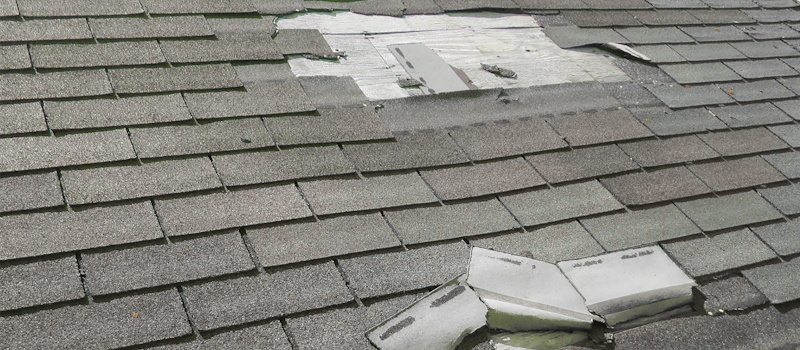Hail Recovery: How to Determine Whether You Have Hail Damage
Hail Recovery: How to Determine Whether You Have Hail Damage

Hail Recovery: How to Determine Whether You Have Hail Damage
Over the years, hailstorms have become increasingly common across the United States. In fact, according to data from the NOAA, there were more than 4,400 confirmed hail events in the United States during the first eight months of 2023—compared to just 3,700 in 2021. More than ever, homeowners need to make sure their insurance policies include coverage for hail damage and know how to identify such damage after a major storm.
So, what are some things to look for when inspecting your home for potential hail damage?
Spotting Hail Damage Yourself
Always wait until the threat of severe weather has completely passed before inspecting your home for damage. If there are any downed power lines around your home, notify the authorities immediately and do not attempt to leave your home unless absolutely necessary.
Once the threat has passed and hazards are clear, you can do a quick walk around your home to look for obvious signs of hail damage. Look specifically at any siding on your home; aluminum, vinyl, and even fiber-cement siding can be cracked or otherwise damaged by falling hail. You might even notice small sections of siding that are missing from your home altogether.
Take a look at your windows and window screens, too. It is not uncommon for window screens to become torn in hailstorms. In some cases, windows may be cracked or shattered.
If your home has a wood deck, pergola, or similar structure, you might notice gouges or other visible damage to the wood that may be indicative of hail damage.
Calling a Professional
Roofs are often particularly susceptible to hail damage, yet it can be dangerous to climb onto a roof yourself. Instead, it's generally best to contact a reputable roofing company. They can come out and perform a thorough inspection of your roof after a major storm.
These professionals will be on the lookout for telltale signs of hail roof damage, such as a loss of granules on asphalt shingles or hail hits that are soft to the touch. In some cases, shingles may also be cracked or missing as a direct result of hail strikes.
What to Do if You Have Hail Damage
If your home has incurred hail damage, it's important to document everything as thoroughly as possible. Take detailed photos of the damage you've discovered, and make sure that your inspectors do the same for any damage on the roof. From there, reach out to your home insurance agent to begin the process of filing a claim.
The Final Word on Dealing With Hail Damage
Hail damage around your home can add up quickly, from roofing repairs to siding and window replacement. Fortunately, with the right insurance policy, you can minimize out-of-pocket expenses and have repairs completed as quickly as possible.
Not sure whether you have the right coverage for hail damage? Reach out to an agent today to review your homeowners insurance policy!"
